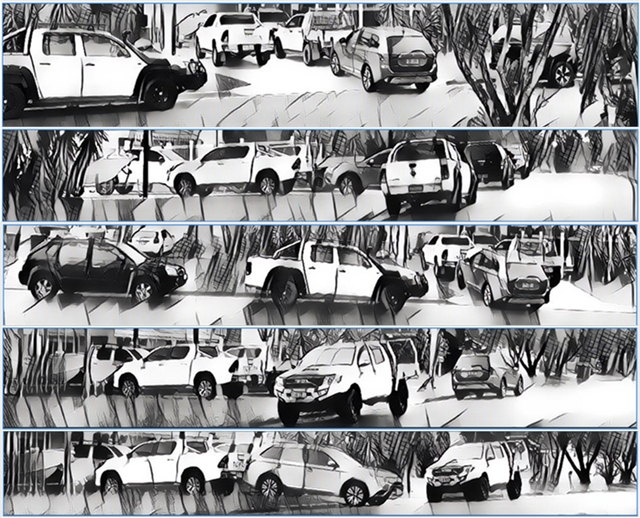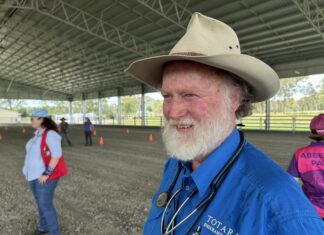Much has been written on Short-term holiday rentals like Airbnb and Stayz that changed the way we travel and on the well-founded concerns about the impact on local communities. In February 2022, Noosa Council introduced a process that required all short-stay let property owners to appoint a 24-hour contact to act on complaints within 30 minutes, and a code of conduct for guests aimed at ensuring guests behaviours do not impact on surrounding residents or amenity.
More recently, Mayor Frank Wilkie reported (Noosa Today – Fri 20 Dec 2024) that a key purpose of recent planning scheme amendments was to ensure that all residential zones serve as neighbourhoods for residents, not STA businesses and to limit the loss of dwellings for permanent residents to STA. Well, he was partly right, but instead of halting all STA’s in residential areas as per his election promise, Council compromised in allowing “local mums and dads” to share in the windfall financial gains attributed to STAs, whereby a permanent resident short stay lets for a limited time of no more than four times and maximum of 60 days per calendar year at their principal place of residence to create a part-time commercial business (i.e. a mini motel) contrary to strengthening social fabric of the community and resulting in negative impacts on neighbourhoods and tourist facilities.
Part-time, principal place of residence STA applications are subject to requirements that do not involve public notification, input from affected residents or appeal rights. Resident groups have lobbied for full information transparency, the numbers of properties offered for STAs to be available, and concerns about the ongoing degradation of neighbourhoods through noise, illegal parking and traffic in once-quiet streets (Phil Jarratt – Noosa Today -26/01/2024). The STA vehicle parking requirement for a small dwelling is one covered space up to two bedrooms and two covered spaces for three or more bedrooms, i.e. nowhere near enough to cater for 3 to 5-bedroom STAs at two guests per room if most individual guests come by car. Maybe these inadequate parking requirements explain why there is increased local street parking congestion? The vehicle street parking capacity, crossover’s locations, road pavement widths and related vehicle turning configurations need to be considered in assessing applications. There should be no street parking allowed for these part-time, mini motels above normal household requirements. Such parking would, in my view, be a clear commercial imposition onto the existing residential infrastructure and amenity.
In a Noosa Today Soapbox article (29/07/2021) titled “STAs are not the enemy” Councillor Amelia Lorentson mentioned that the issues to do with STA are about “management and control” of STAs, and advocated for responsible management, limiting numbers of people in each home, enforcing noise restrictions, and a Mandatory Code of Conduct with teeth. So, was Amelia right at the time in saying that it’s all about “management and control” of STAs, or is “management” just an easy way to avoid difficult decisions as questioned by Fiona Jacobs (former candidate for Noosa Council) in her article “Has Noosa’s STA management really improved?” (Noosa Today – 05/12/2024). Council’s Guide to Good Management of Short Stay Letting and Home Hosted Accommodation (2023) only recommends that a “contact person” meet and greet guests to provide them with the code of conduct for guest behaviour and any other “house rules” relevant to the property. A sort of crash educational course on good behaviour, etiquette, and duty.
My experience with a principal place of residence STA in Tewantin, just prior to adoption of Council’s code of conduct, revealed seven vehicles, one motor cycle and one boat associated with the use, with parking within the road reserve on the cross-over, parking across part of a neighbouring cross-over, vehicles facing the wrong way in the street; and parking too far away from the kerb preventing through traffic. The car yard type presentation was unsightly (see photos) and locals were forced to drive around the block to get home. The vehicle manoeuvres arising from such parking arrangements were high risk, bearing in mind that one child is killed or seriously injured every week in Australia from low-speed vehicle runover with the elderly becoming a more prominent age group.
Making sure all STA applications are impact accessible would solve the transparency issue and clarify the associated parking arrangements and number of occupiers etc. But, wouldn’t it have been much better to ban principal place of residence STA’s in all residential zones as well so that residents can live in peace with their neighbours and not put up with the intrusion of strangers. Local residents are not dots on a map to be played around with by planners or councillors as they see fit.
(Johann Holdysz is a Tewantin resident, Town Planner and Development Consultant)








